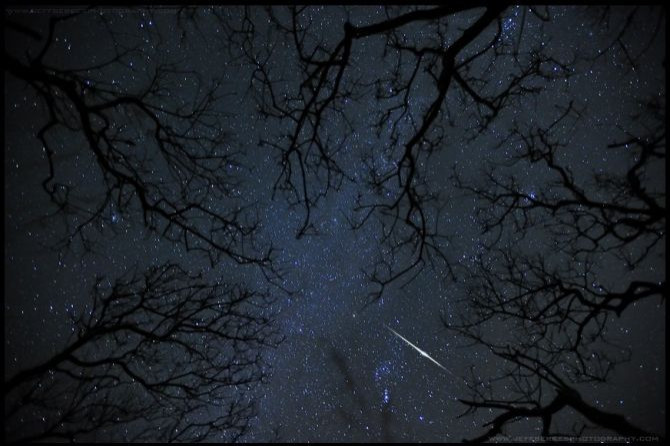Quadrantids Meteor Shower Will Shine Brightest Early Wednesday

The 2012 Quadrantids meteor shower, named after an extinct constellation, will put on a fascinating celestial show that will peak in the early morning hours on Wednesday and light up the night sky.
The meteor shower will appear with a maximum rate of about 100 per hour varying from 60 to 200, NASA said in a released statement.
Scientists say that there will be about two hours of excellent meteor observing before dawn, as the waxing gibbous moon will set around 4 a.m. EST.
Unlike the more famous Perseid and Geminids meteor showers, the Quadrantids shower will only last a few hours and will be somewhat faint. Seeing it may not be as easy as expected.
Given the location of the radiant, it can only be viewed by observers in the northern hemisphere.
NASA says that like Geminids, the Quadrantids originate from an asteroid, called 2003 EH1.
“Dynamical studies suggest that this body could very well be a piece of a comet which broke apart several centuries ago, and that the meteors you will see before dawn on Jan. 4 are the small debris from this fragmentation,” NASA explained.
After hundreds of years orbiting the sun the debris will enter our atmosphere at 90,000 mph, burning up 50 miles above Earth's surface.
The Quadrantids were named after the extinct constellation of Quadrans Muralis (mural quadrant), created by French astronomer Jerome Lalande in 1795 and is located between the constellations of Bootes and Draco.



























